Due to the Different Types Of New Zealand Trees New Zealand has to be one of the most ecologically unique places on the planet.
Being an island for over 80 million years, with little to no interaction from the rest of the world, New Zealand was able to develop a whole range of flora and fauna that could only be found on the Islands that make up this country.
However, as time and history have passed, many of the native plants and animals have been hit badly by changes in their environment. Animal life especially has taken the biggest hit in the last thousand years.
However, that doesn’t mean that New Zealand’s plant life isn’t currently thriving. Far from it! Thanks to the help of conservation efforts, both within the country and from across the world, many of New Zealand’s native plants are doing great!
Here is our list of some of our favorites!
1. Manoao
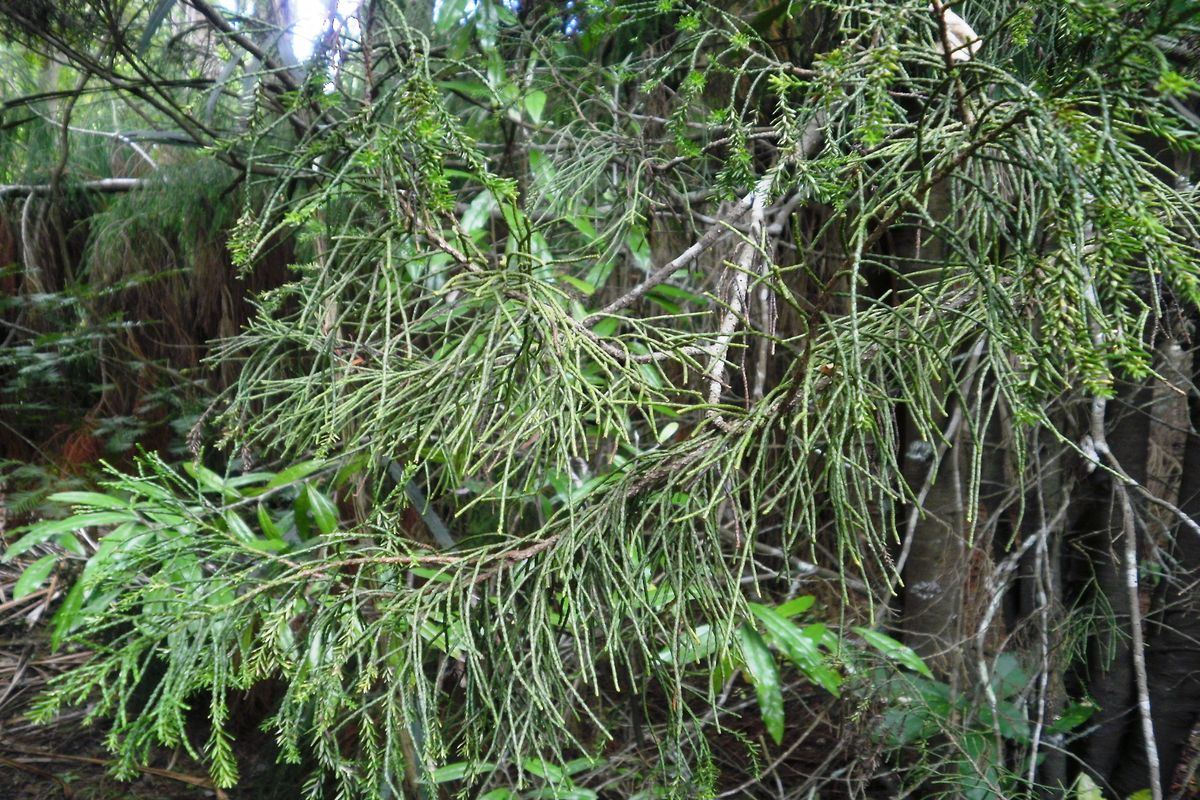
To start our list strong, with a New Zealand native tree, we have the Monoao tree.
This tree can grow exceptionally tall, although you may not realize that on first viewing.
These trees often keep their juvenile leaves and branches until they are at least 10 meters tall, making them look more like small shrubs than towering trees from a distance.
Once they reach a decent height, these trees will then eventually lose their smaller branches from their youth, as they join the forest canopy higher up.
Monoao trees grow well in temperate climates and are ideal for areas such as parks, gardens, and backyards, making them perfectly at home in the forests of these islands.
A monoao tree grows quite quickly. Being a conifer tree, however, they do not produce fruits as flowering plants do. It is an excellent ornamental tree and has been used in parks around New Zealand for centuries.
The monoao tree can be easily propagated using cuttings or seeds. Seeds can be sown directly into the soil or placed in seed trays filled with potting mix.
Propagating monoao trees takes about six months to complete. Propagation can be done indoors or outdoors depending on the climate. Indoors, monoao trees can be grown in pots or flats.
Outdoors, monoao trees can grow in containers or the ground.
2. Totara
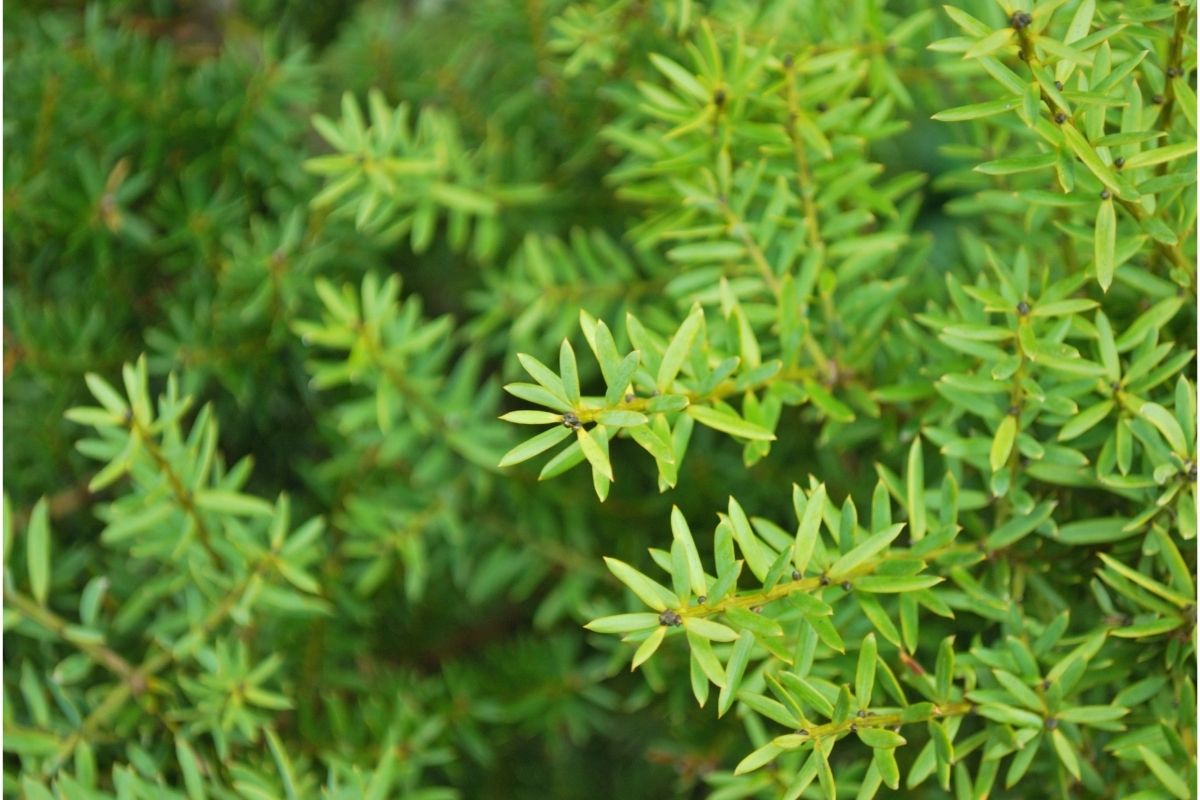
Another native of the islands of New Zealand, the Totara tree is a member of the podocarp, a family of conifer trees that are naturally found all across the Southern Hemisphere but are mostly found in and around New Zealand.
Totara trees are native New Zealand plants that grow up to 30 meters tall. They are most commonly found growing along streams and riversides due to their ability to withstand harsh conditions.
They are considered sacred by many Maori people. The totara tree is widely used in traditional Maori art such as carving and weaving.
It was once common practice to use the wood of the totara tree to construct houses. However, the trees were cut down to make room for more intensive farming practices.
Today, there are fewer than 10,000 totara trees left in New Zealand.
Today, the totara tree is grown primarily for its timber, in the limited quantities that are allowed for this endangered tree.
3. Rimu
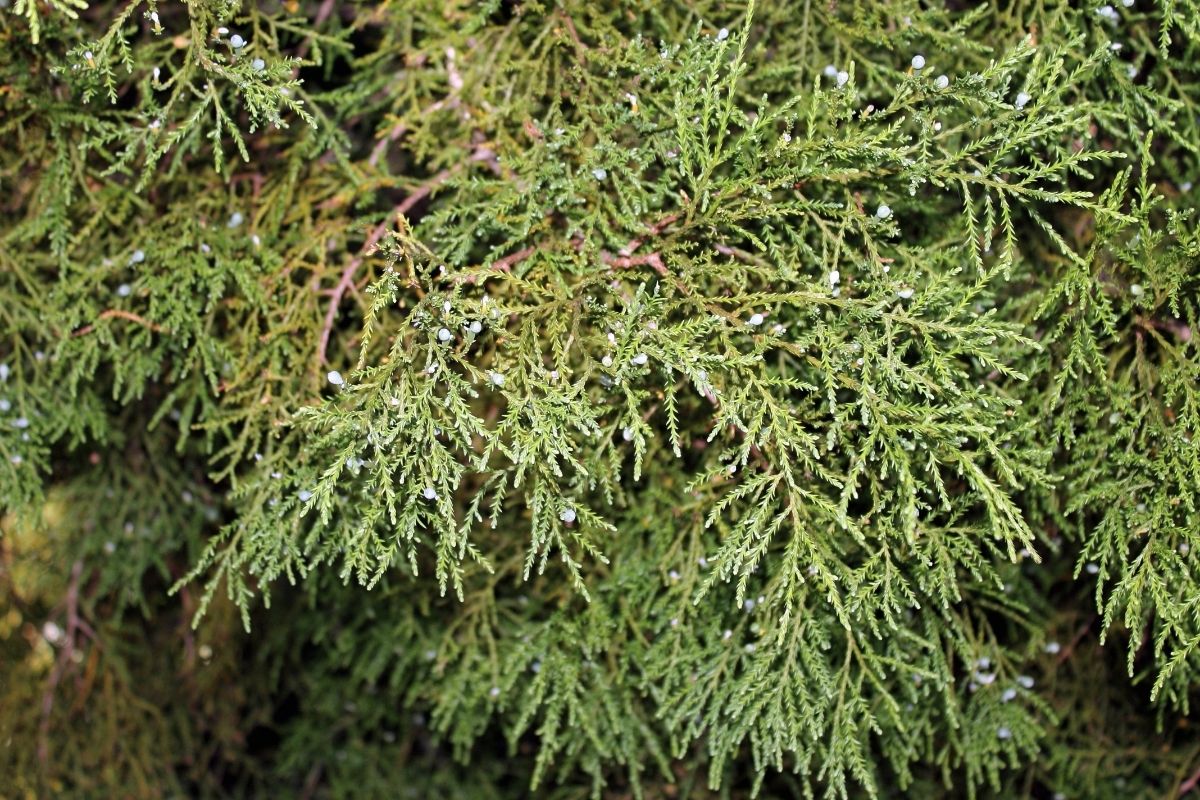
Rimu trees grow in New Zealand. They are native plants.
This tree is one of the most popular Christmas trees in the world. It is used to decorate homes and businesses.
New Zealand’s rimu trees are native plants. They are called kahikatea in the Maori language. The name Rimu comes from the Maori word rima meaning “tree”.
They are slow-growing trees but can reach some truly incredible heights in some cases.
Whilst 35 to 40 meters isn’t relatively common, the oldest examples have been known to grow as high as 50 meters!
There aren’t many trees of this size remaining, however, thanks to its slow-growing nature and deforestation.
Rimus can live a long time, too. In Wellington, a specimen was found to be over 800 years old, which means that it was likely first seeded and germinated not long after the first humans came to the island
Rimu trees are found along the coast of the south island. They grow in temperate regions, like many of the other trees that can be found in this ecologically diverse corner of the planet.
4. Beech Tree
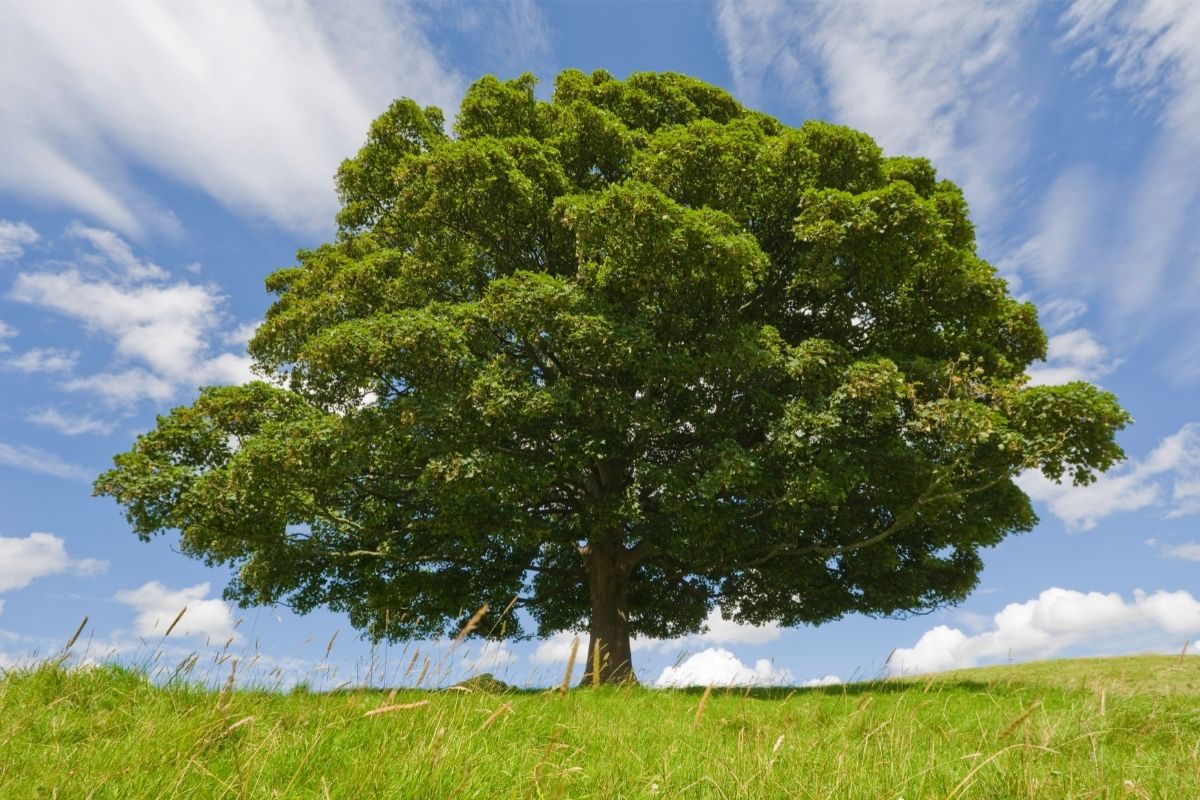
Beech trees can be found all across the world in temperate rainforests and woodlands.
Against all odds, despite the great distance, New Zealand is home to its varieties of Beech trees that aren’t found anywhere else in the world.
They make up the largest remaining forests of the country that have not been heavily impacted by industry and deforestation, likely due to the high altitudes and mountainous regions that these trees are normally found in.
They can pose a problem for local trees and wildlife in some cases.
If a large amount of seeding of beech trees takes place, usually after a cooler summer that comes before a warmer one, it can lead to a massive increase in
New Zealand’s rat population, which in turn devastates local flora and fauna, as the rats eat virtually anything to feed themselves and their many young.
However, thanks to careful oversight by New Zealand’s wildlife organizations, beeches are still able to grow in great numbers across the islands.
5. Rautini
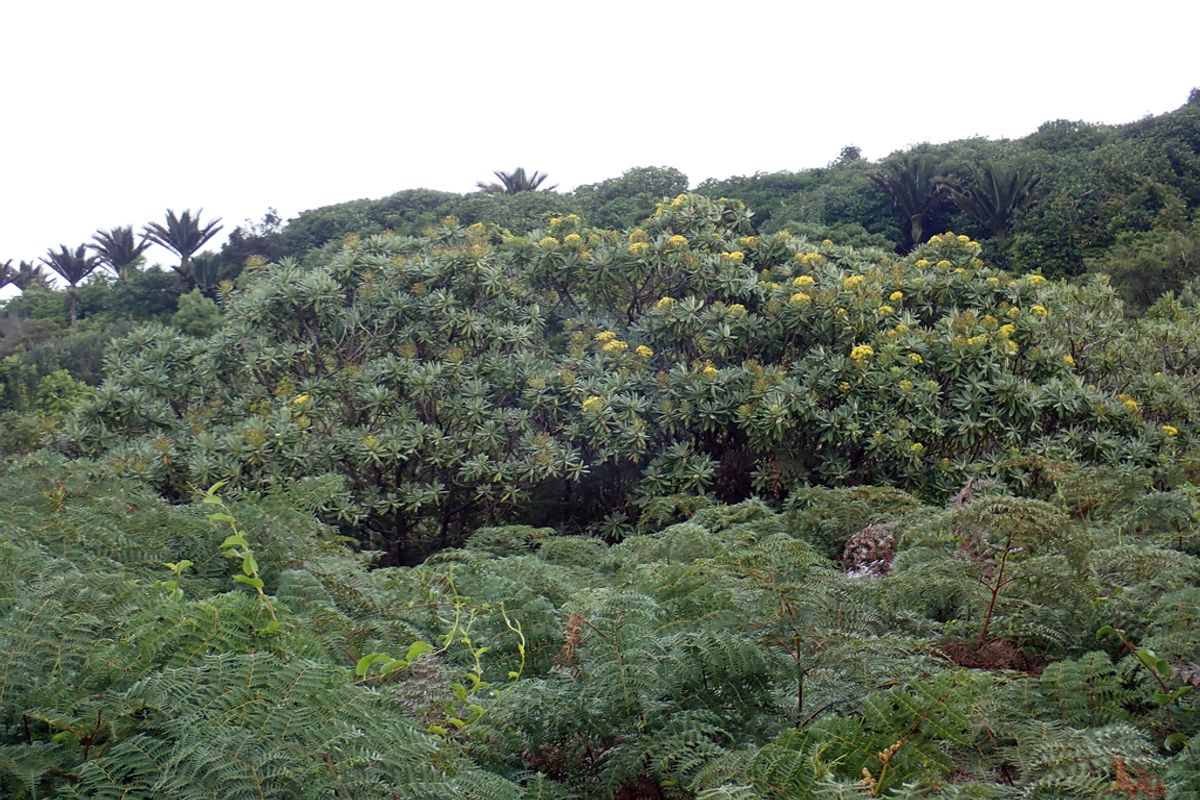
Also known as Chatham Island’s Christmas Tree, this flowering tree can be found on the Chatham Islands around New Zealand (unsurprisingly, given the name).
It’s a fast-growing deciduous tree that produces small yellow flowers.
People who are visiting the islands are warned that rautini leaves contain both senkirkine and retrosine, both of which are very poisonous to humans, which could cause serious harm if consumed.
People who consume rautini leaves should consult their physician immediately if they experience symptoms such as nausea, vomiting, diarrhea, abdominal pain, dizziness, headache, numbness, tingling, weakness, or trouble breathing.
The crown of flowers that these plants produce, surrounded by the leaves that grow around it, looks almost like Christmas decorations, hence the name of the plant.
6. Kowhai
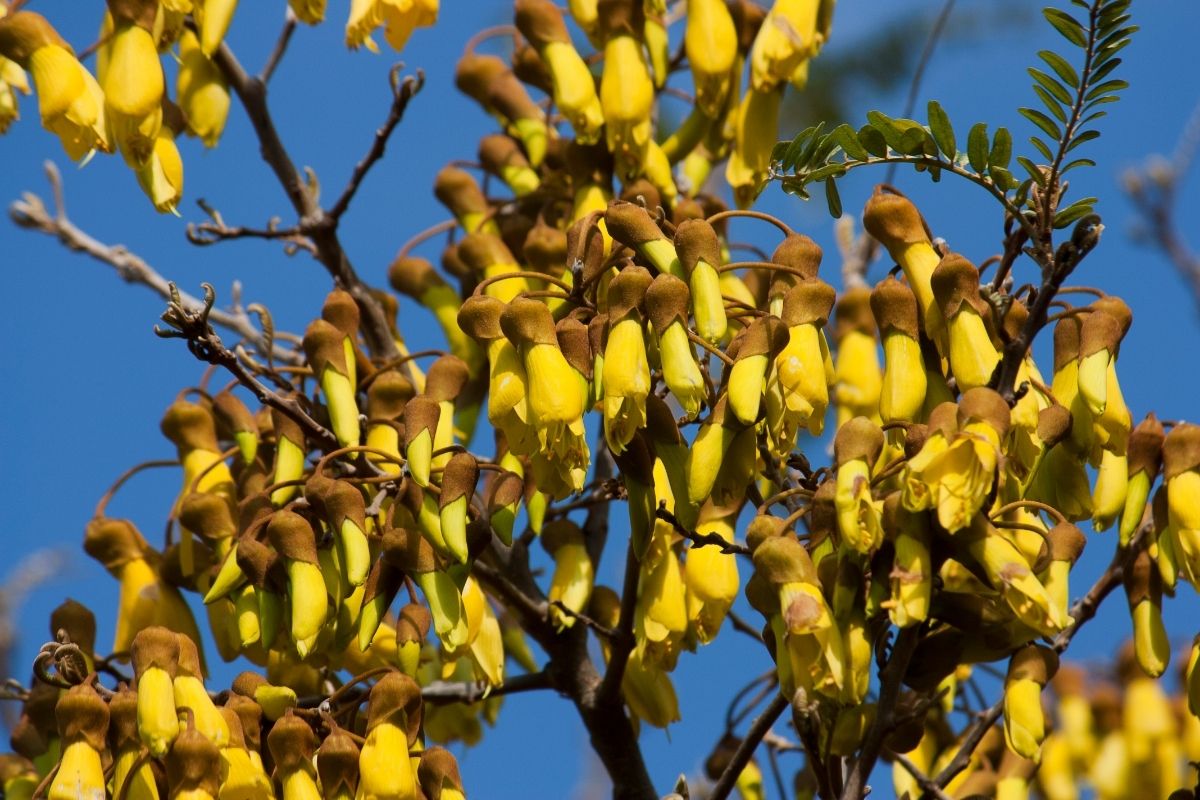
The kowhai tree is a type of legume tree that is native to the islands.
Kowhai trees are native New Zealand plants that grow up to 10 meters tall and have thick trunks and branches.
Kowhai trees are typically found along streams, rivers, and lakes. They prefer moist conditions and thrive in areas where there is plenty of sunshine.
Kowhai woodlands provide habitats for many different types of animals and birds. These forests are an important part of the natural environment in New Zealand.
There are 8 species of kowhai tree, and they range in size from small shrubs to medium-sized trees. Several of these trees have since been cultivated across New Zealand for the legumes they produce.
7. Puriri
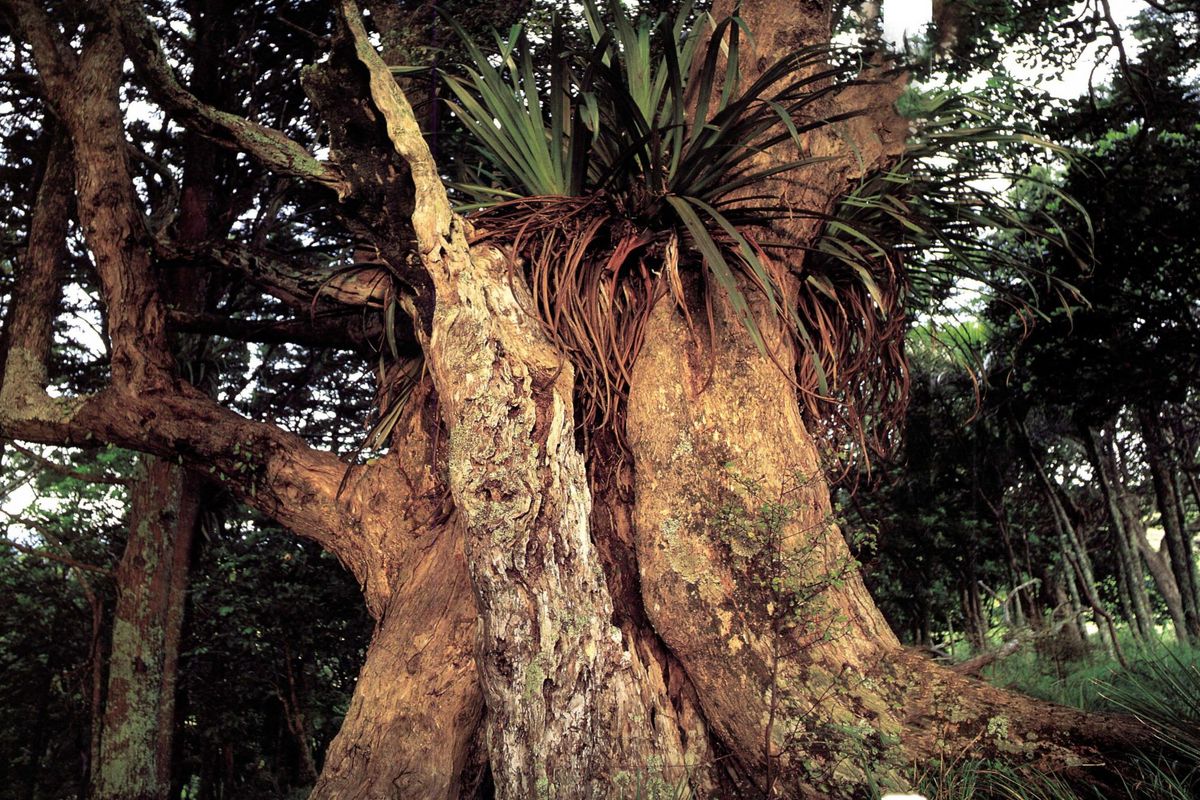
An evergreen tree that is native to the Islands of New Zealand, this plant was one of the first trees that was taken back to Europe by Captain Cook.
As such, it is probably one of the best-studied trees of New Zealand, outside the islands.
A puriri tree is known for its medicinal properties. Its bark contains alkaloids that have sedative effects.
The tree produces many seeds that germinate easily. The seedlings grow quickly and produce edible fruits that are sweet, juicy, and delicious.
The puriri tree is used to treat insomnia. People chew the root bark of the tree to relax and sleep better. Some people take puriri tea to fall asleep faster.
People use puriri to treat stress, anxiety, depression, and nervousness.
8. Kauri Araucaria
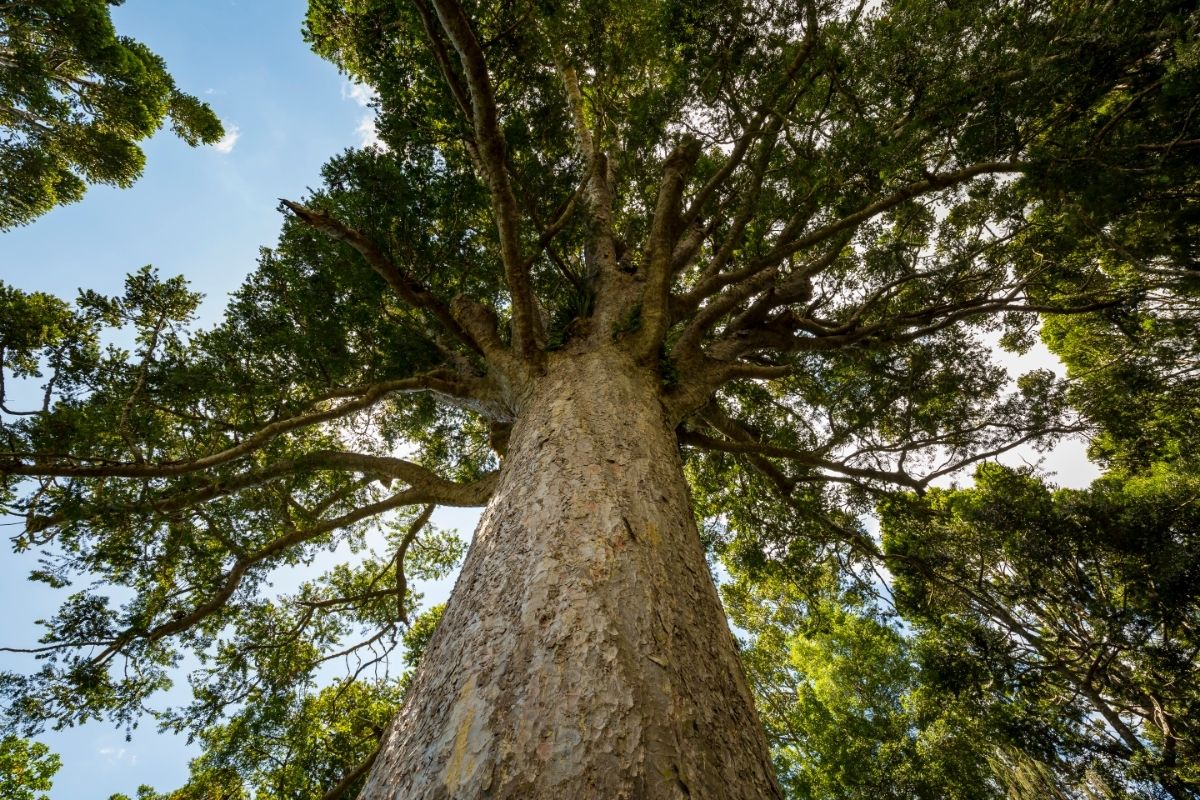
This tree, also known as the Agathis tree, is a member of the ancient conifer family of Araucariaceae, which are found all across the Southern Hemisphere.
Kauri has incredibly thick trunks as they get older, with very few branches being found on the tree below the crown of the plant.
The bark on this tree is smoother when it is young, but tends to warp into irregular patterns as it gets older and larger.
Interestingly, though, the leaves of the younger examples of this tree are usually bigger than their older counterparts.
Reaching over 100 feet is not uncommon with Kauri trees.
Being a member of the Araucaria family of trees, Kauri is a kind of conifer. Conifers do not produce flowers or seeds.
Instead, they reproduce via spores called cones. These cones contain small seeds that germinate once they land in soil.
9. Kaikomako Tree

Another native of the lands of New Zealand, this smaller forest tree was also known to European colonists as ‘duck’s foot’ trees, thanks to the shape of the younger plant’s leaves that many explorers saw.
They grow up to eight meters tall and form large clumps. The leaves are dark green and shaped like fans. The flowers are white and bloom in spring.
The tree gets its name from the Maori word “kai” meaning “foo” and “komako” Which is the Maori word given to the Bellbird species, a type of bird that is also native to New Zealand.
This name was given to the tree because of its size and shape, as well as because the black fruit that this tree produces is a favorite of the New Zealand bellbird.
The kaikomako is considered lucky and brings good fortune for the owner.
The kaikomako tree is found in many parts of New Zealand. One such place is the Kaimata Forest Reserve near Auckland.
10. Maire
Also known as Swamp Maire, Maire trees are beautiful shade trees that grow well in full sun and partial shade. They are evergreen trees that are native to New Zealand
They are drought tolerant and require little maintenance. Most maire trees are deciduous, meaning they shed leaves in winter and spring. Some species do not drop their leaves until late fall or early spring.
A maire tree is a small to medium-sized tree, growing up to 20 feet tall and pretty wide too! The trunk grows straight and cylindrical, with branches spreading out horizontally.
The leaves are compound, meaning there are three leaflets on each leaf. The leaflets are usually dark green, although some may turn yellowish or brownish with age.
Maire trees have white flowers that bloom in autumn. These blooms attract bees and butterflies, making them popular pollinators in many of the places that they grow.
Maire trees thrive in areas with lots of sunshine and water. Their roots need good drainage.
Conclusion
As we have hopefully shown you, there are so many trees that have carved out a home for themselves in the beautiful landscape of New Zealand.
And the vast majority of these were just native plants! There are so many different plants that live on this small island that we could be discussing for hours!
But we will leave you with one final thought, the same that we started this list with: New Zealand has an amazing amount of biodiversity, which makes it one of the most unique countries in the world.







